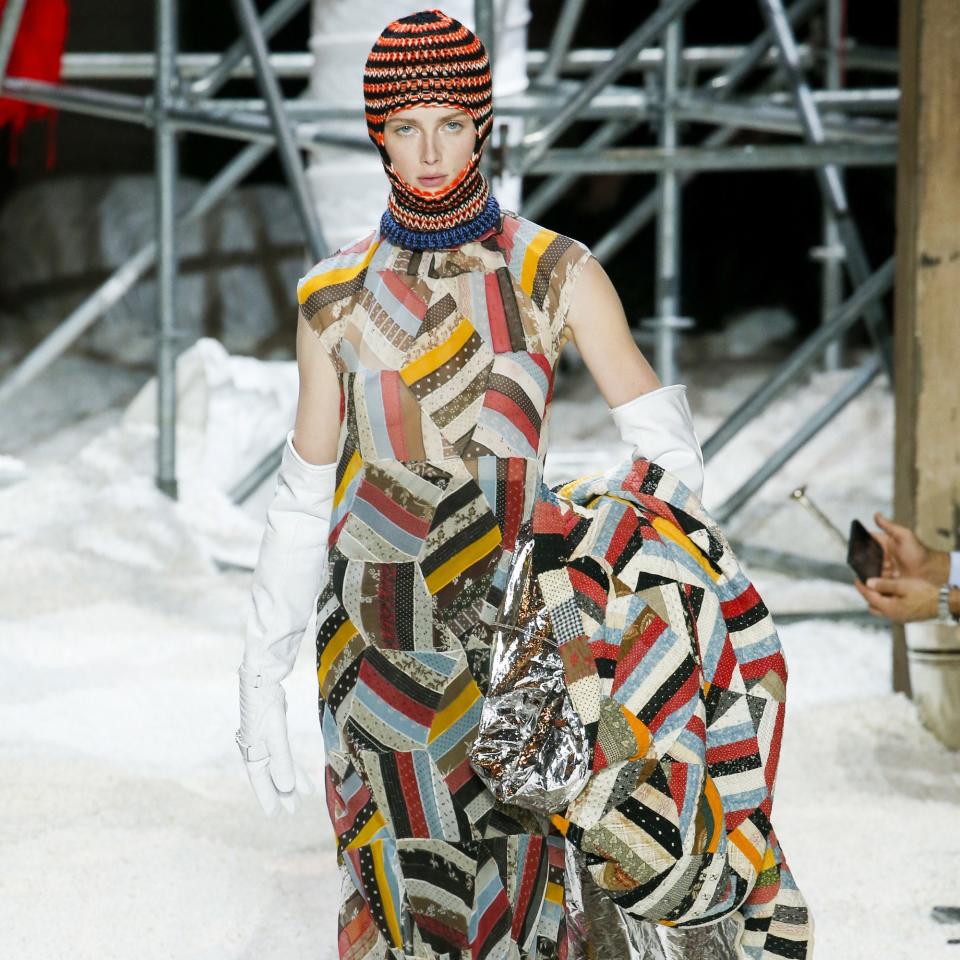In New York, Designers Take Cover in the Comfort and Dash of All-American Quilts
In New York, Designers Take Cover in the Comfort and Dash of All-American Quilts
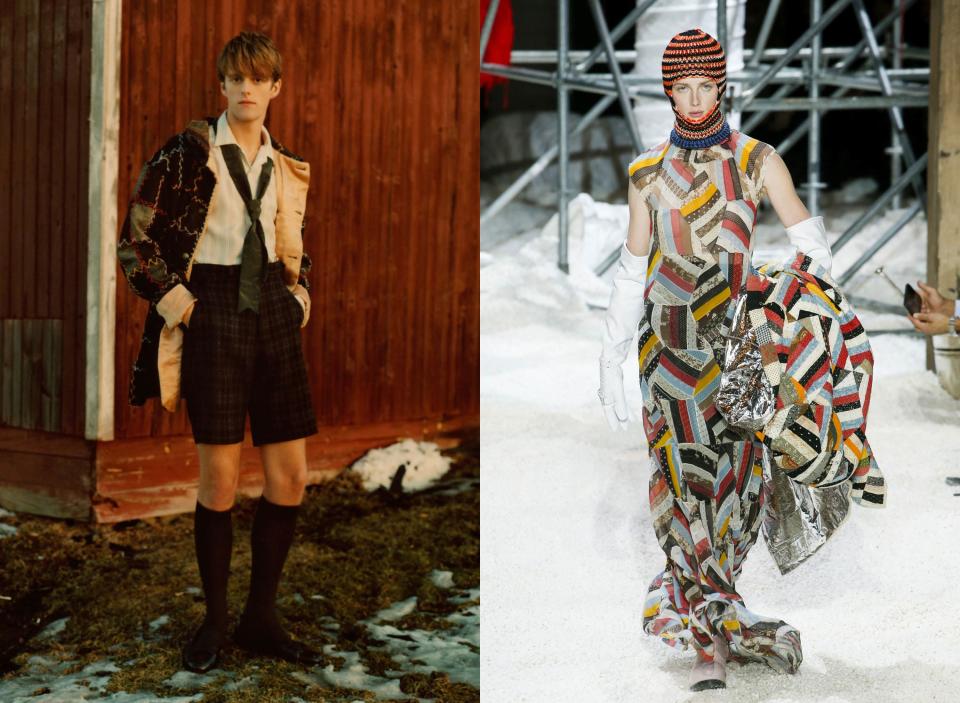
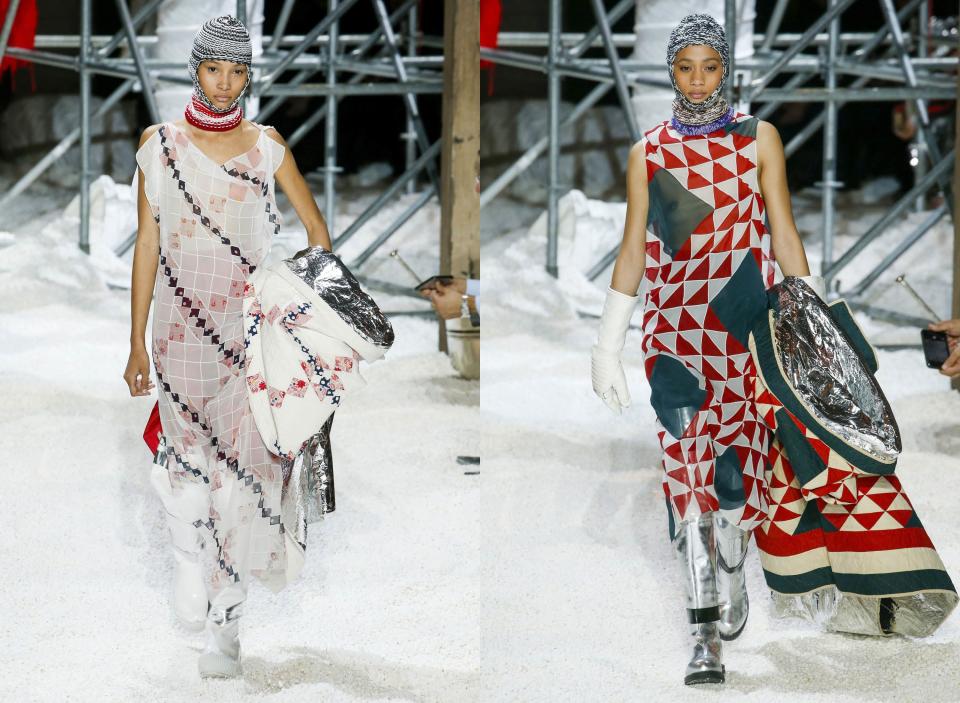
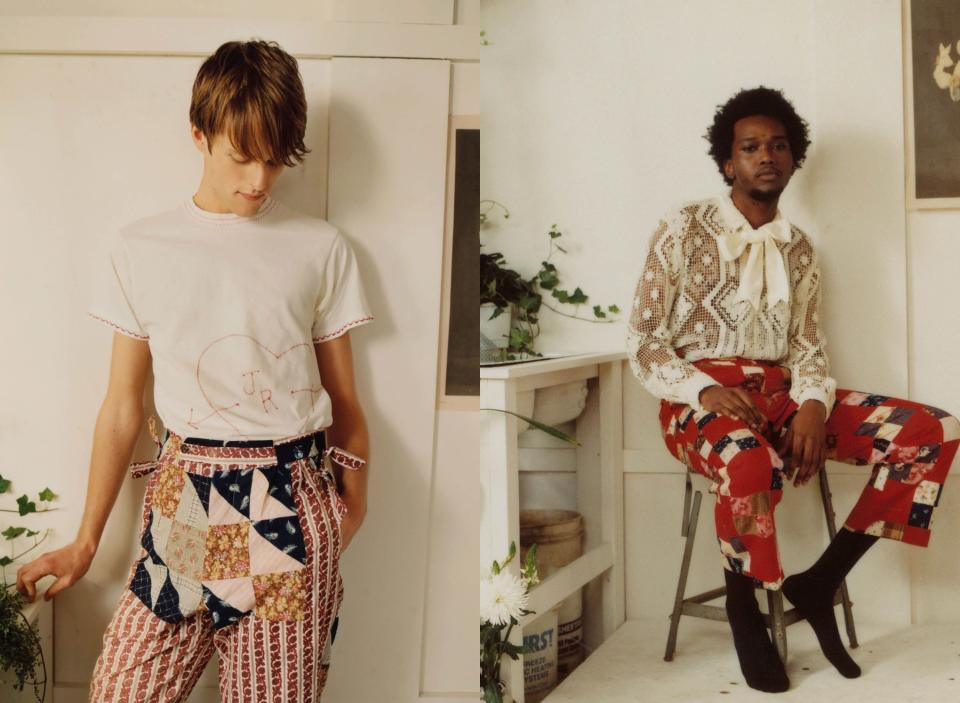
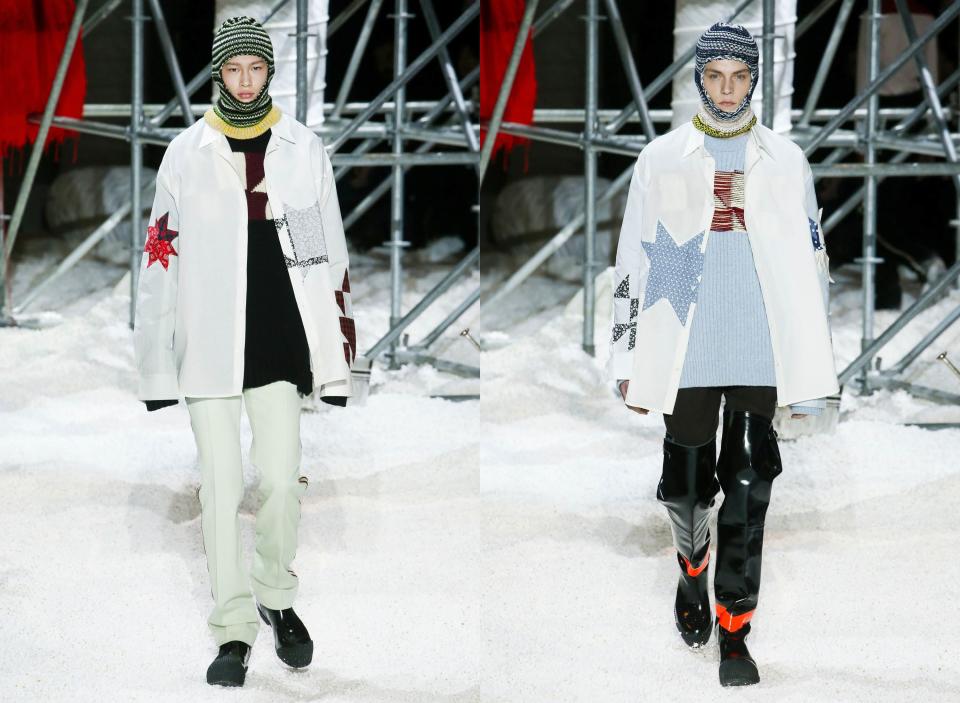
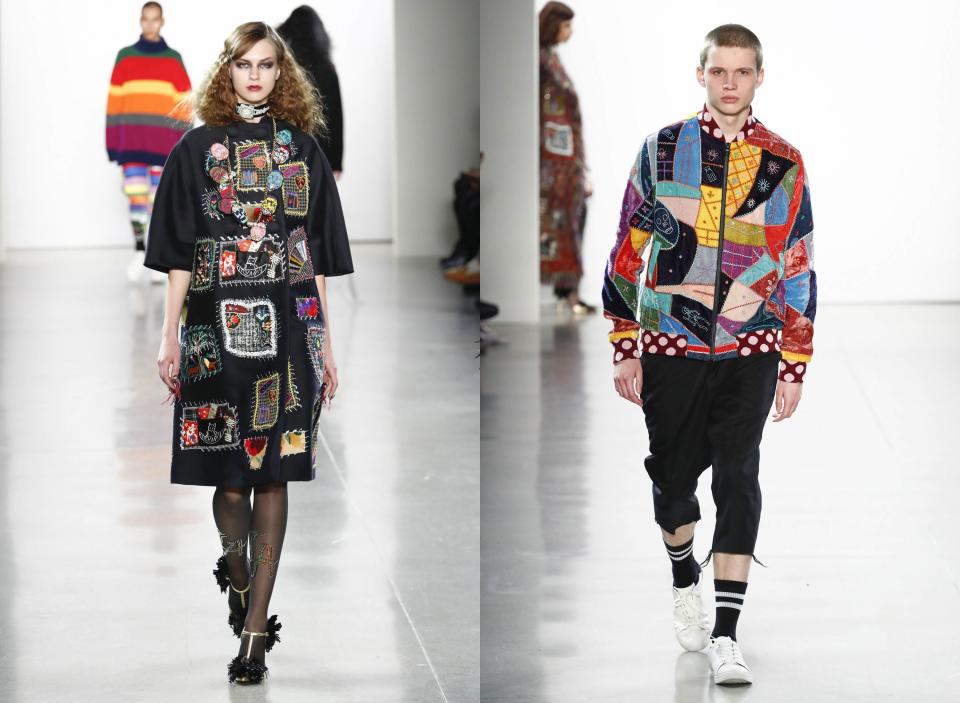
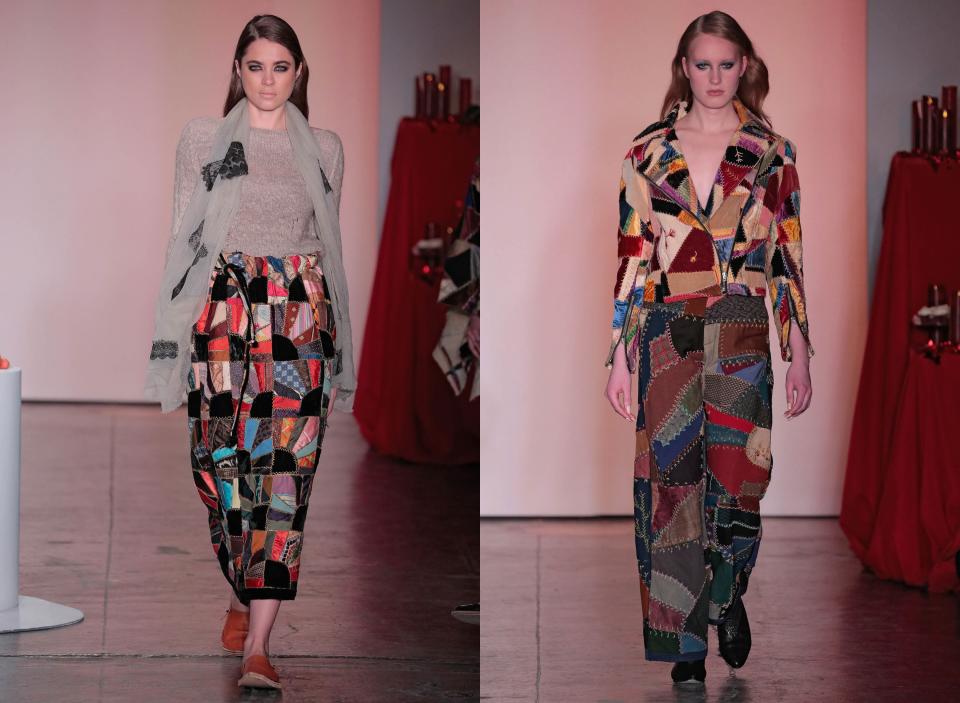
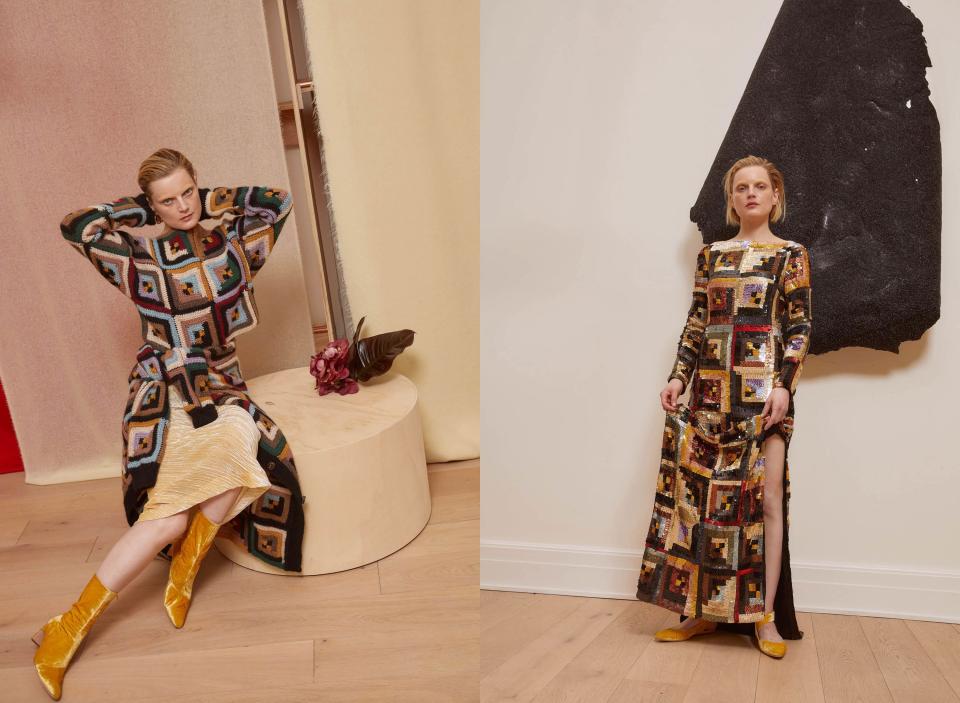
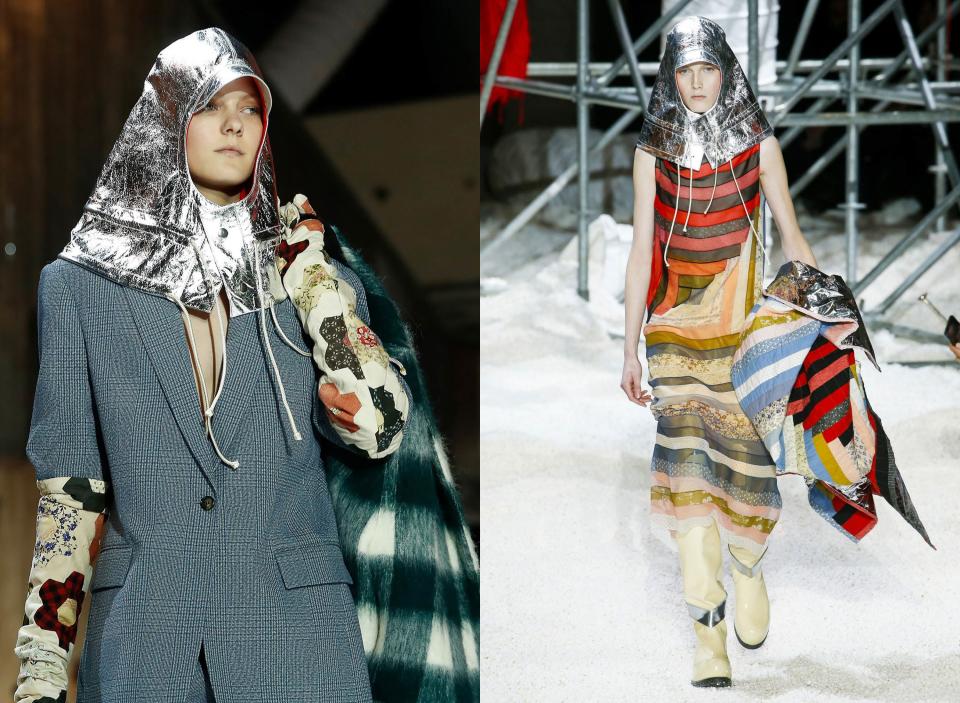
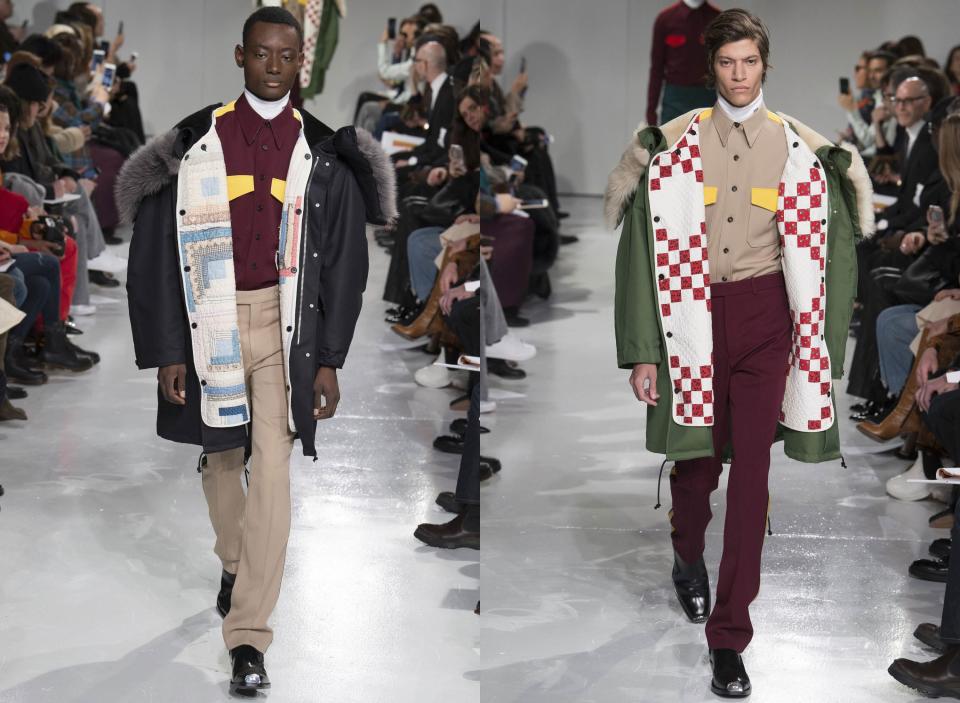
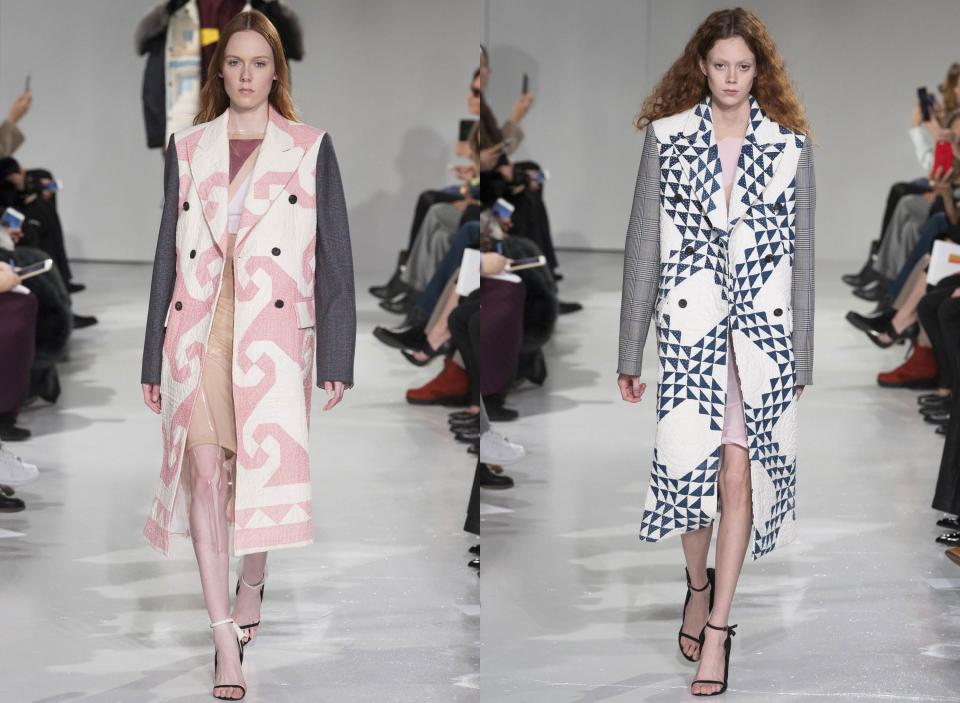
Red states, blue states. Wall Street highs, market lows. Like much of the rest of the world, America is in a state of turmoil summarized in a single world on a 6397 T-shirt: “Democrazy.” For some, this lack of stability is call to action; others want to run for cover. At New York Fashion Week, the nesting instinct sweeping through fashion (which has taken the form of Céline blankets and Margiela pillows), was given a homespun twist as designers paid homage to quilting, “that enduring, vigorous, imaginative American craft,” as Vogue put it way back in 1971.
Traditionally a women’s craft, quilting was often a communal practice; at quilting bees people would come together to work on a joint project or to craft side-by-side. (Washington, take note.) Credit for the craft’s most current revival is due to a Belgian gent named Raf Simons. Since relocating to New York for Calvin Klein, the designer and his creative director Pieter Mulier, who is also Belgian, have been assimilating “Americanisms” into their work. They used quilting in their debut collection, and again, for Fall, where it appeared alongside prairie looks, which were presented on a set that included a red barn that established a down-home atmosphere.
Some of the quilts that walked down the New York runways were pieced together from new fabrics, some were assembled from dead stock fabrics, and others were cut from vintage materials. One of the reasons quilting is becoming so popular, explains designer Emily Bode, is that it’s a “really natural way for brands to become more sustainable” by making use of leftover fabric.
Crazy quilts appeared in three New York collections: Bode, Libertine, and Mimi Prober. Made using a jazz-like patchwork technique, these throws are constructed with many different scraps and types of fabrics collected over time, and using a variety of stitching techniques. Highly individual, they combine a make-do-and-mend ethos with a free-form approach to design. In contrast, both Simons and Rosetta Getty referenced classic, and static, patterns like the log cabin style, created using blocks composed of narrow strips of fabrics. In light of Simons’s obsession with art, it’s interesting to note that in the graphic regularity of quilts experts have found “a premonition of Op Art.” They certainly popped (pun intended) on the runway.
The collage technique used by quilters—especially crafters of so-called crazy patterns—in some way mirrors the cut-and-paste/free associative methods so prevalent in digital culture. It's impossible to snuggle into a TIF file, though. Not only is a quilt tactile, it’s designed to be cherished and handed down. As Bode points out, each quilt has a built-in narrative (some feature embroidered names and dates). Like the best fashion, quilts combine function and beauty. So go ahead, take cover.
